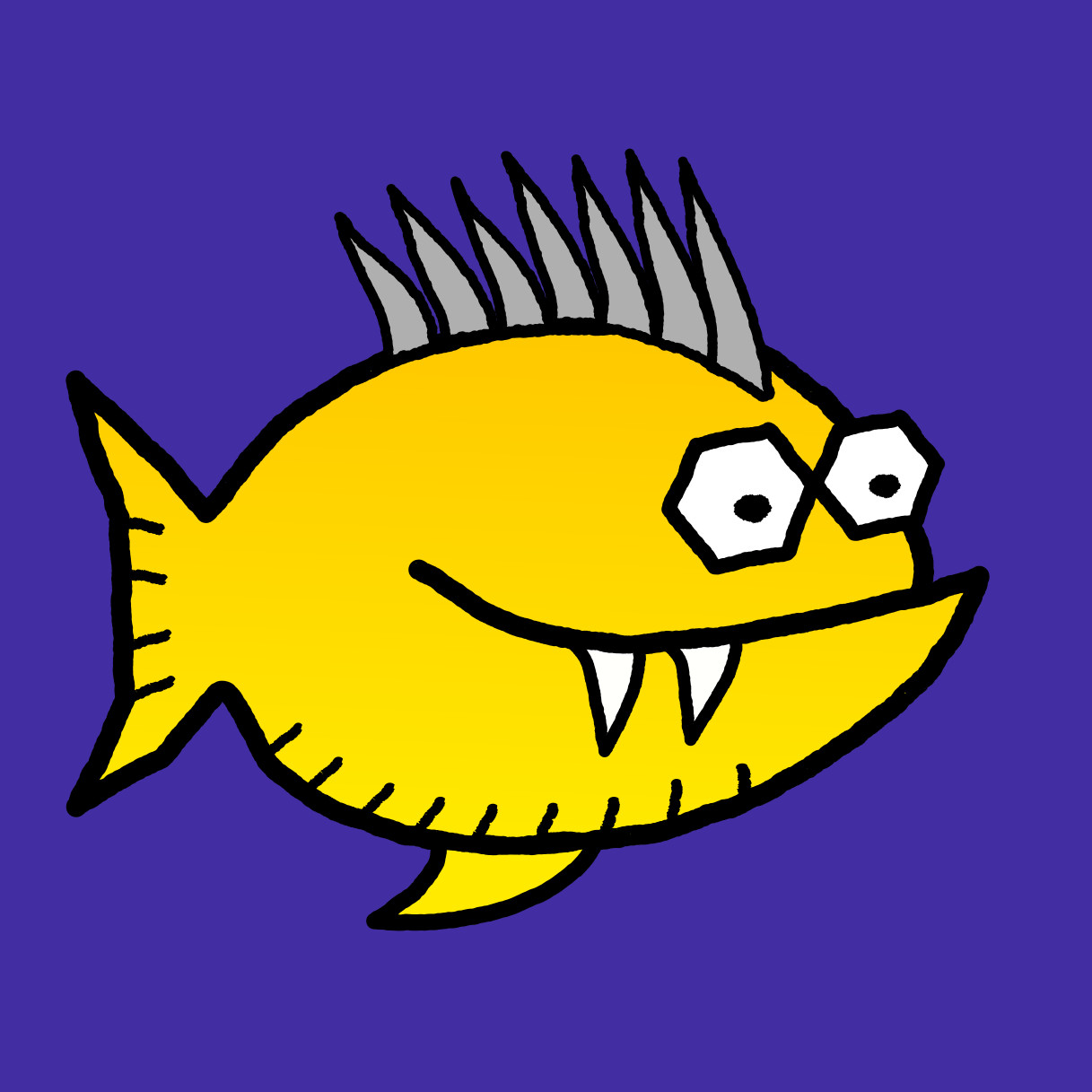Hovering or kneeling? – Why I prefer to let my diving students take off early
The question of whether diving students should kneel or float at the beginning is a constant source of debate – and not just among instructors. Over the years, I have seen many approaches, tried them out and discussed them with colleagues. My clear but undogmatic position is that practising hovering from the outset makes it much easier later on. It may not always look elegant at first, but the learning effect is enormous – and the advantages outweigh the disadvantages.
Where does kneeling actually come from?
Kneeling on the bottom has a long tradition. Originally, this was mainly due to the old equipment: the first jackets (Horse Collar BCDs) created a rather upright buoyancy, buoyancy control was a matter of luck, and without an inflator the whole thing was an adventure anyway. It was simply more comfortable for students and instructors to “park” themselves on the ground. And even today, kneeling still seems natural to many beginners – after all, we want to look at each other, communicate and somehow feel “safe”.
Is kneeling really easier?
At first glance: yes. Those who kneel have less to coordinate, can concentrate on the actual exercise and feel safe. It is also more comfortable for the instructor because the group sits “orderly” at the bottom. However, this comfort comes at a price. Once you have internalized kneeling, you will always return to it later – even when it is no longer necessary (or even harmful).
A little anecdote from practice
I remember an experienced diver who reflexively kneeled to the bottom whenever he encountered a problem – regardless of whether he was 5 or 25 meters deep. Once, when he was blowing out his mask, he stirred up so much sand that the whole group was flying blind. The fish were probably also wondering what was going on. This shows that kneeling is a habit that is difficult to get rid of – and simply doesn’t work in many situations.
Floating from the start: The better way?
Of course, floating often looks awkward for beginners at first. The first attempts are sometimes more reminiscent of a sack of potatoes than an elegant diver. Sometimes the bottom is touched and not everyone immediately maintains perfect balance. But: it’s a much shorter way from “I’m lying on the ground” to “I’m floating in a reasonably controlled manner” than getting someone out of the habit of kneeling again. Anyone who learns to orientate, tare and trim themselves in the water right from the start quickly develops a feeling for their own position – and later becomes a much safer and more environmentally friendly diver.
Another story from real life
One of my students, let’s call her Anna, was extremely insecure at the beginning and preferred to lie on the floor. After a few attempts and a lot of patience, she dared to lift her knees – and by the end of the course, she was the one who was the most relaxed as she floated through the water. Her conclusion: “It was strange at first, but now I don’t want to dive any other way.”
How do you get started with hovering?
-
Practice buoyancy control and trim right from the start: It is better to take a little more lead at the beginning, but then quickly reduce it. Less lead = better floating.
-
Test your trim: just stand still, hold your breath and see where you tilt. Then adjust your weight and equipment.
-
Practicing hovering skills: Not everything has to work perfectly straight away. In the beginning, you can lie down or half-kneel – but the sooner the hovering exercises work, the better.
-
Allow for mistakes: Nobody floats like a pro the first time. If you never touch the ground, you’ve probably never tried anything.
What do the associations say?
Most associations (SSI, PADI, CMAS) now recommend floating as a goal – at least in theory. In practice, however, there is still a lot of kneeling worldwide. The “floaters” are rather exotic. I think it’s worth being a pioneer here and introducing students to floating from the very beginning.
Conclusion: Floating is the goal – and the way there can sometimes be bumpy
My approach: start floating as early as possible, even if it looks chaotic at the beginning. The aim is not for beginners to glide through the water like professionals, but for them to have the confidence to let go and feel comfortable in the water. If you practise this right from the start, you will later become a more relaxed, safer and more environmentally friendly diver. And let’s be honest: who wants to spend their whole life on their knees when you can fly?
With this in mind, it’s better to take off than to kneel down – with fun, patience and a portion of composure.
